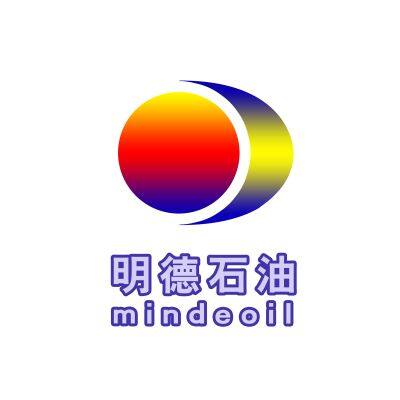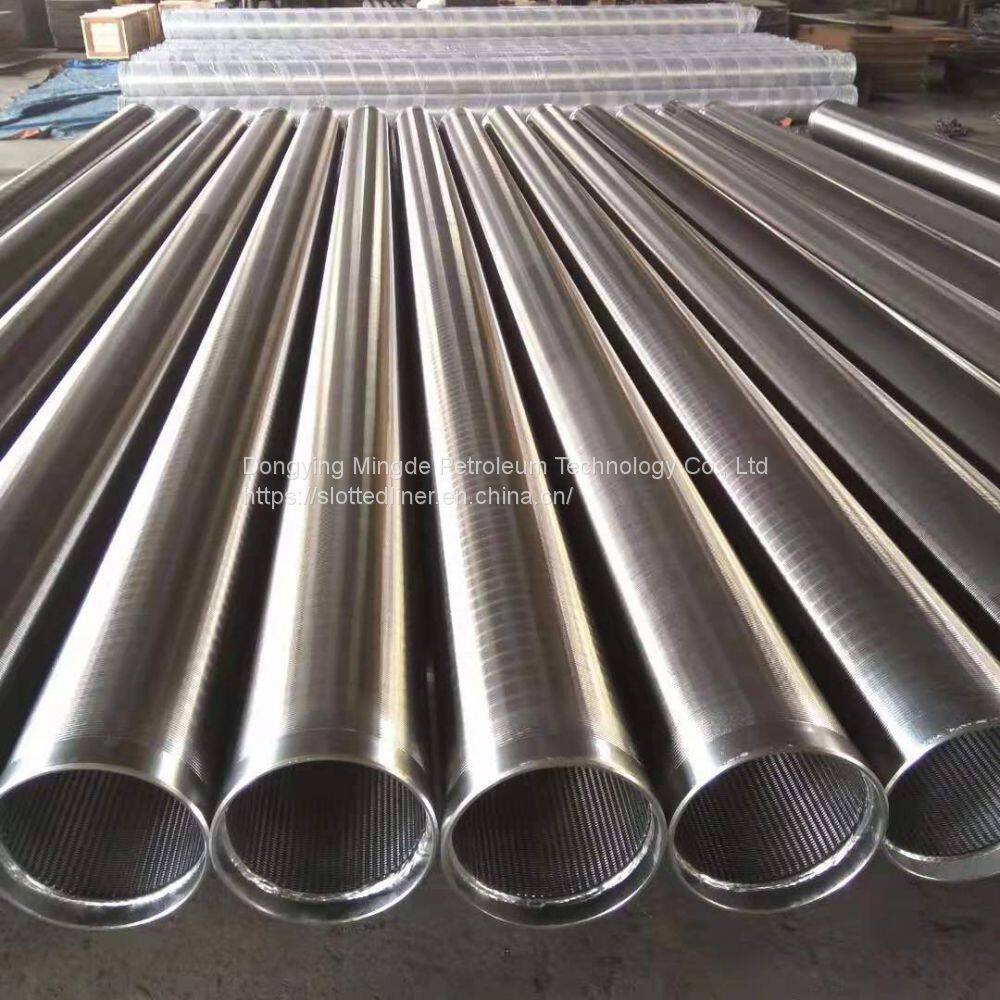
- Dongying Mingde Petroleum Technology Co., Ltd
-
Qingdao, Shandong, China
- Main products: Slotted Liner , Wire Wrapped Screen, Premium Mesh Screen, Drilling Fluid Chemicals, Plasma slotted liner , Tubing Pup Joint, Laser Slotted Liner, Pup Joint and Crossover, Tubing and Casing Coupling, Liner Hanger, Float Collar and Float Shoe, Foaming Agent for Drilling Fluids
Home > Blog > Conquering the Sand: Essential Sand Control Strategies for Offshore Wells in China's Bohai Bay
-
 Qinghua Lv
Hi there! Welcome to my shop. Let me know if you have any questions.
Qinghua Lv
Hi there! Welcome to my shop. Let me know if you have any questions.
Your message has exceeded the limit.

Conquering the Sand: Essential Sand Control Strategies for Offshore Wells in China's Bohai Bay
2025-08-13 14:35:30
Bohai Bay Sand Control: Mastering the Challenges of China's Shallow Offshore Frontier
The Bohai Bay basin, a vital energy hub off China's northeast coast, presents unique challenges for offshore operators. Its complex geology, characterized by **shallow water depths, young (Neogene) formations, and highly unconsolidated sandstones**, makes **sand production** a persistent and costly threat. Uncontrolled sand influx can devastate well productivity, damage downhole and surface equipment, increase maintenance costs, and pose significant safety and environmental risks.
Managing sand effectively isn't just an operational necessity in Bohai Bay; it's fundamental to the economic success and longevity of any offshore development. Let's delve into the why and how of conquering Bohai Bay's sand challenges.
Why is Sand Control So Critical in Bohai Bay?
1. Geology Rules: The target reservoirs are often loosely cemented sands with minimal natural cohesion. Reservoir pressure drawdown during production easily overcomes the weak binding forces, liberating sand grains.
2. High Fines Content: Bohai Bay sands frequently contain significant amounts of fine particles, complicating control measures and increasing the risk of screen plugging.
3. Shallow Water Complexities: While shallower than deepwater fields, the environment demands robust, reliable solutions. Interventions are costly and logistically challenging, making "right first time" completions paramount.
4. Harsh Environment: Corrosive fluids, varying temperatures, and mechanical stresses demand durable materials and designs.
5. Economic & Safety Drivers: Sand erosion can destroy wellheads, chokes, valves, and pipelines. Production shutdowns for remediation are expensive. Sand accumulation in separators requires constant handling. Safety risks from equipment failure or wellbore instability are unacceptable.
Proven Sand Control Techniques for Bohai Bay Success:
No single solution fits all Bohai Bay wells. Selection depends on reservoir properties (sand size, uniformity, permeability, strength), well type (vertical, deviated, horizontal), completion design, and economic factors. Here are the most effective strategies:
1. Mechanical Methods (The Workhorses):
Standalone Screens (SAS): Wire-wrapped screens (WWS) or premium mesh screens deployed across the openhole or cased-hole perforated interval. They act as a sieve.
Bohai Fit: Cost-effective for lower-risk intervals with well-sorted, coarser sands. Crucial to manage fines and ensure proper sizing. Popular for lower-cost development wells or sidetracks.
Gravel Packing (GP): The **Gold Standard** for Bohai Bay's challenging unconsolidated sands. A sized gravel (usually sand or ceramic) is placed in the annulus between the screen and the formation (openhole) or casing (cased-hole). The gravel acts as the primary filter.
Openhole Gravel Pack (OHGP): Excellent for high-productivity, long horizontal wells common in Bohai Bay developments. Provides high flow area and effective sand retention.
Cased-Hole Gravel Pack (CHGP): Used when casing is set through the reservoir. Requires perforating before packing. Offers zonal isolation control.
Bohai Advantage: Highly effective in fine sands, provides excellent sand retention and stability, enhances wellbore support. Requires expertise in execution (pumping, fluid loss control).
Frac Packs: Combines hydraulic fracturing with gravel packing. Creates a short, highly conductive fracture filled with proppant (gravel), which is then packed in the screen annulus.
Bohai Benefit: Excellent for damaged formations or where near-wellbore pressure drop is high. The fracture bypasses damage, and the pack provides sand control. Proven to significantly boost productivity in Bohai Bay fields while controlling sand.
Expandable Sand Screens (ESS): Screens that are run in a smaller diameter and then expanded (mechanically or hydraulically) to conform directly to the wellbore.
Bohai Potential: Eliminates the annulus, potentially increasing flow area and reducing plugging risk. Suitable for certain well geometries. Requires careful evaluation of formation stability post-expansion.
2. Chemical Methods (Often Complementary):
Resin Consolidation: Injecting liquid resins into the near-wellbore formation. The resin cures, binding sand grains together.
Bohai Use Case: Primarily used for remediation of existing wells with sand problems or for short intervals. Can temporarily reduce permeability. Less common as a primary method in new Bohai completions due to depth limitations and effectiveness in high-water-cut scenarios.
In-Situ Chemical Precipitation: Injecting chemicals that react to form a cement-like bond between sand grains downhole.
Key Considerations for Bohai Bay Sand Control Design & Execution:
Sand Characterization:Crucial! Detailed core analysis (sieve, fines content, mineralogy, crush resistance) is non-negotiable for proper screen/gravel sizing and technique selection.
Fluid Compatibility: Drilling, completion, and gravel pack fluids must be meticulously designed to minimize formation damage and screen plugging, especially critical in Bohai's fines-prone sands.
Completion Fluids & Cleanliness: Impeccable fluid cleanliness (filtration) during screen running and gravel packing is vital to prevent plugging.
Material Selection: Screens, gravel, base pipes, and accessories must withstand Bohai's corrosive environment (H2S, CO2, chlorides) and mechanical stresses.
Wellbore Stability: Ensuring wellbore stability during drilling and completion is essential, especially for openhole techniques like OHGP.
Execution Expertise: Gravel packing and frac packing require highly skilled personnel and specialized equipment. Partnering with experienced service providers is key.
Long-Term Monitoring & Management: Implement robust sand monitoring (acoustic detectors, erosion probes, surface sampling) and have contingency plans for remediation if needed.
The Path Forward: Optimizing Bohai Bay Production
Successfully managing sand in Bohai Bay requires a holistic approach:
1. Early Integration: Sand control strategy must be integrated into the field development plan from day one.
2. Data-Driven Decisions: Leverage comprehensive reservoir and geomechanical data.
3. Technology Adoption: Utilize advanced modeling software for screen/gravel sizing and packing simulation. Evaluate newer technologies like ESS or advanced screen types.
4. Focus on Quality: Rigorous QA/QC on materials and flawless execution during completion operations.
5. Lifecycle Perspective: Design not just for initial production, but for the entire well life, including potential future interventions.
Tags: offshore sand management, China offshore drilling, gravel packing Bohai
